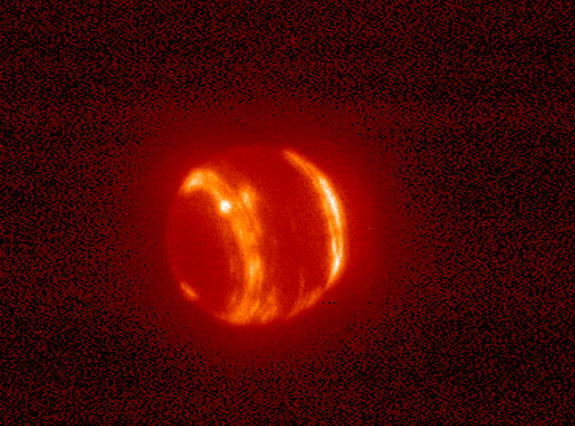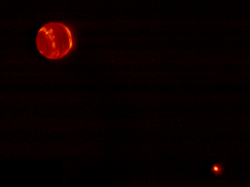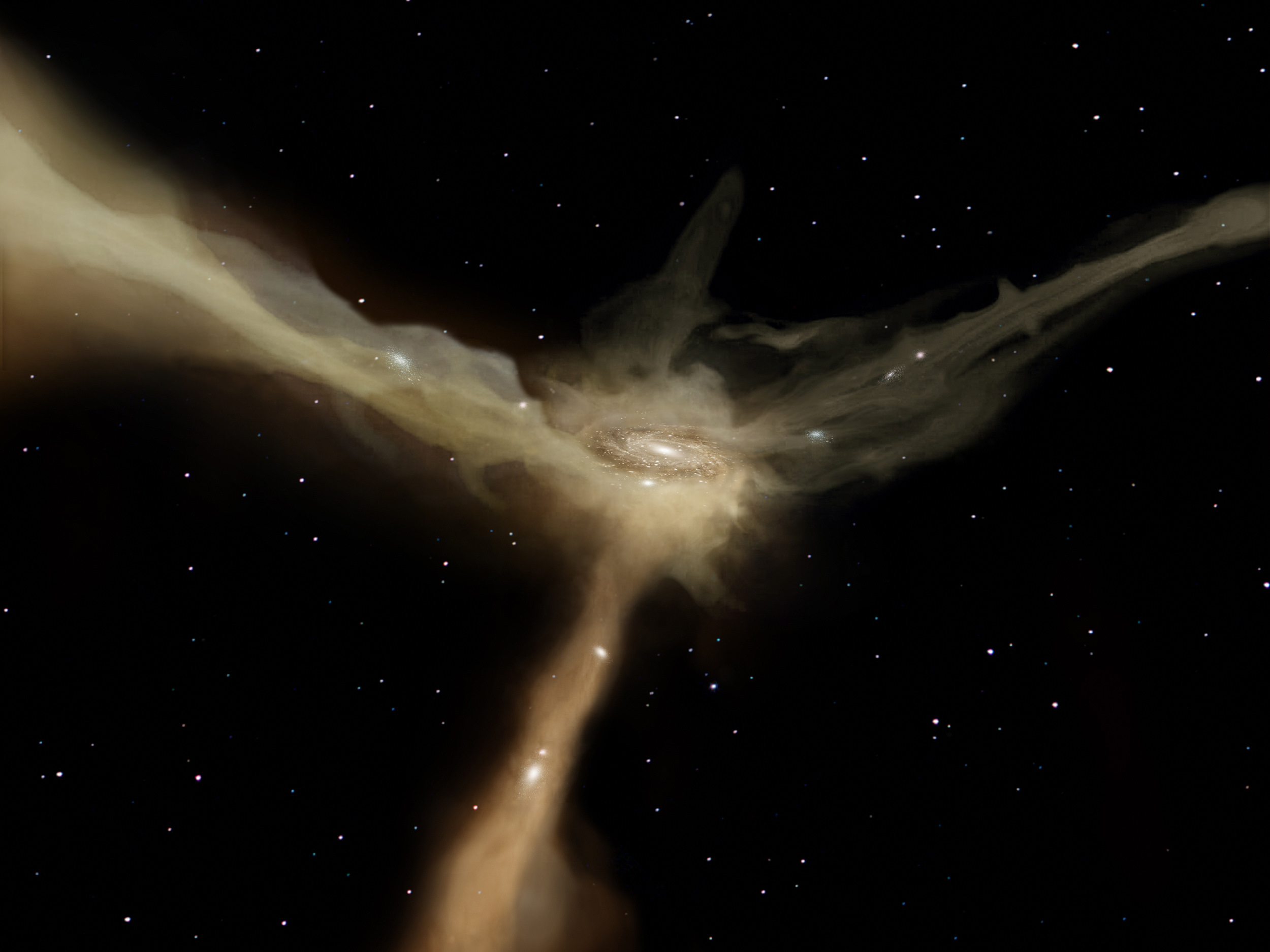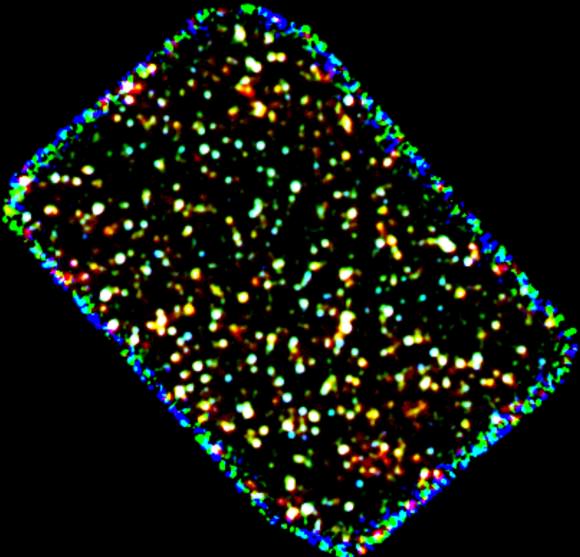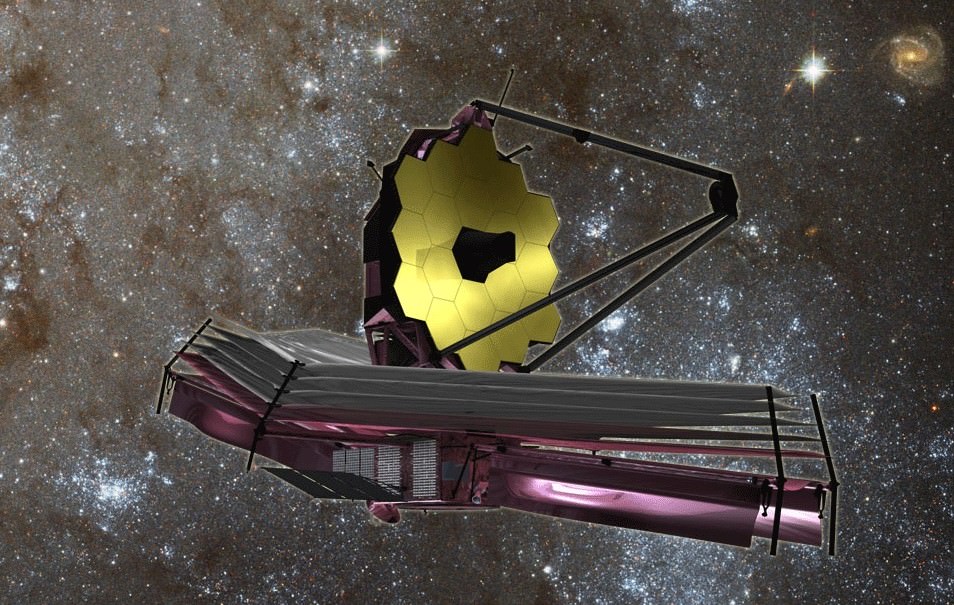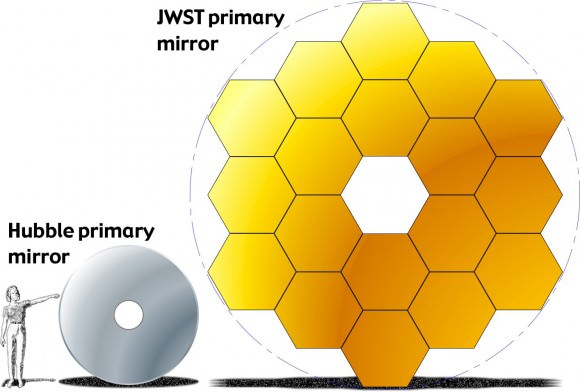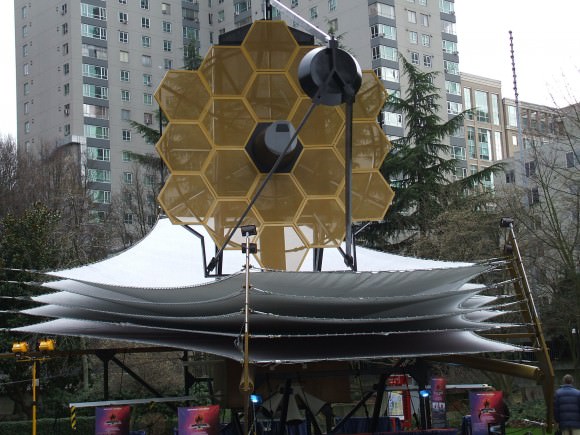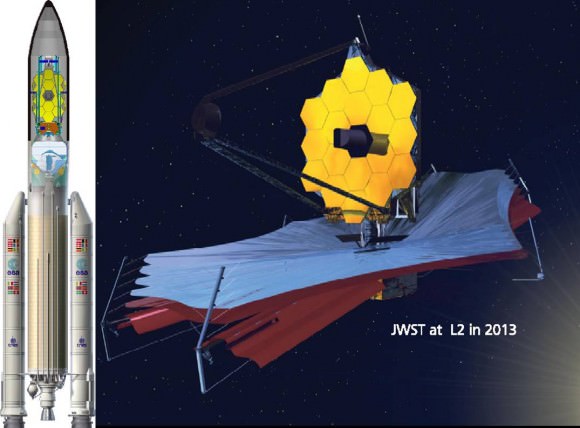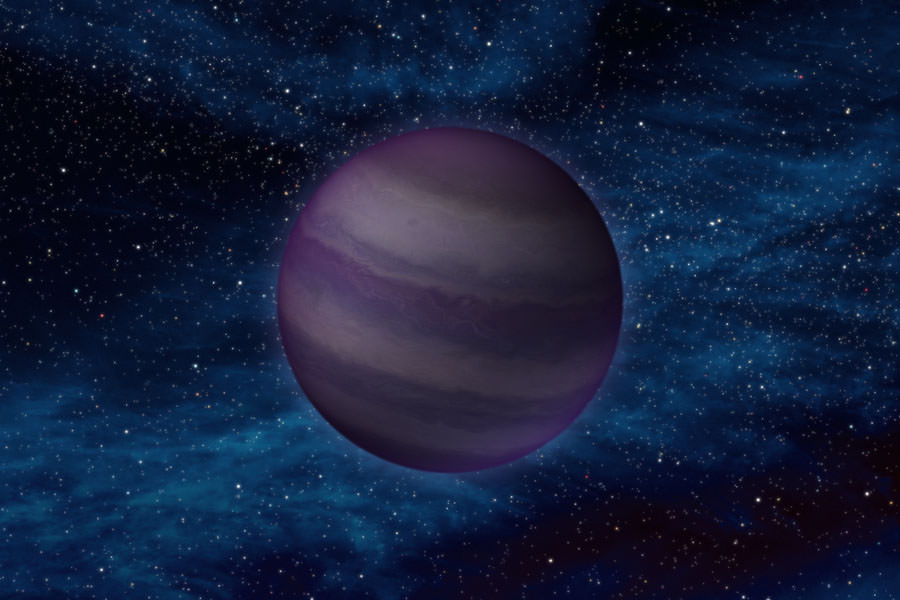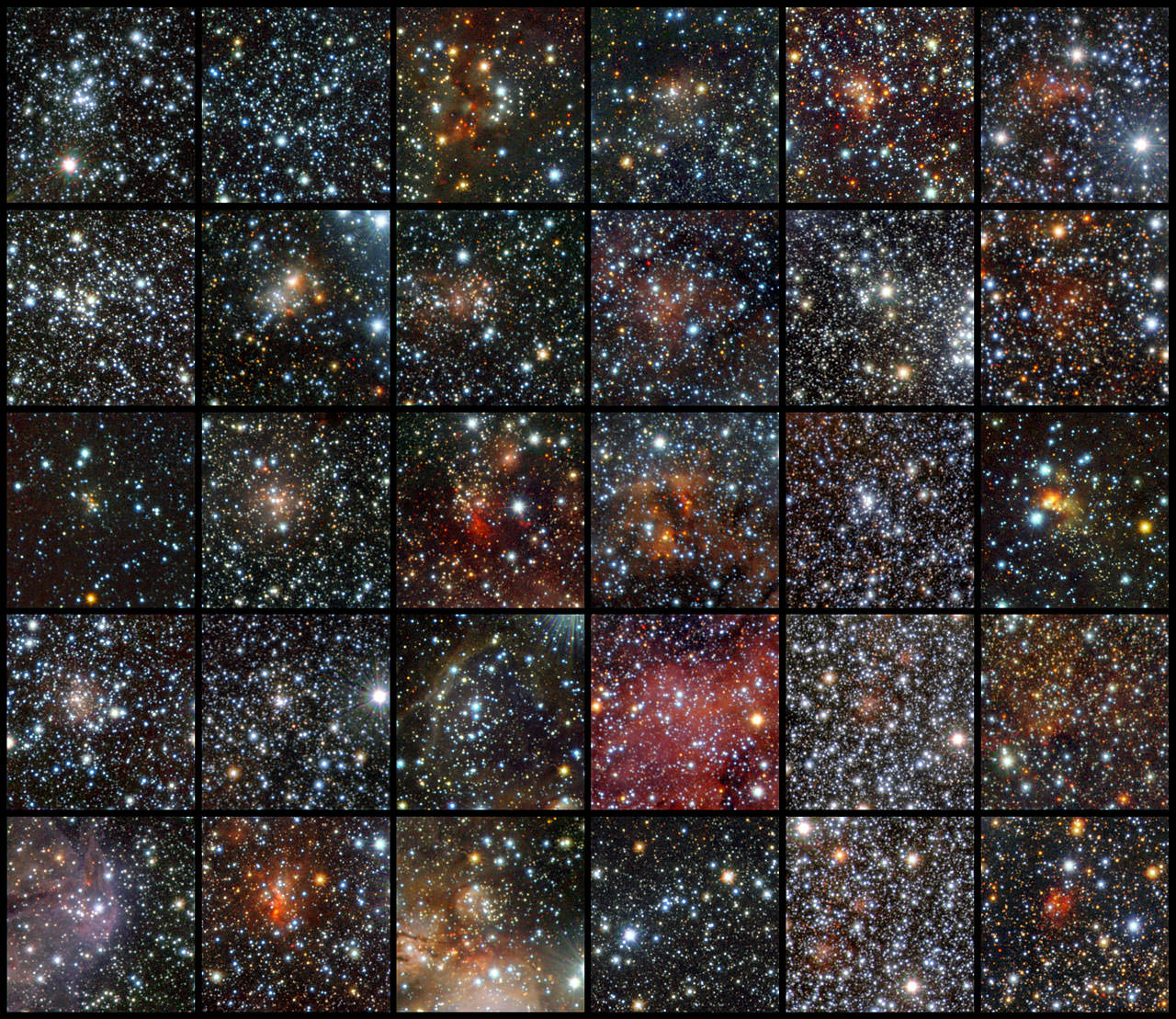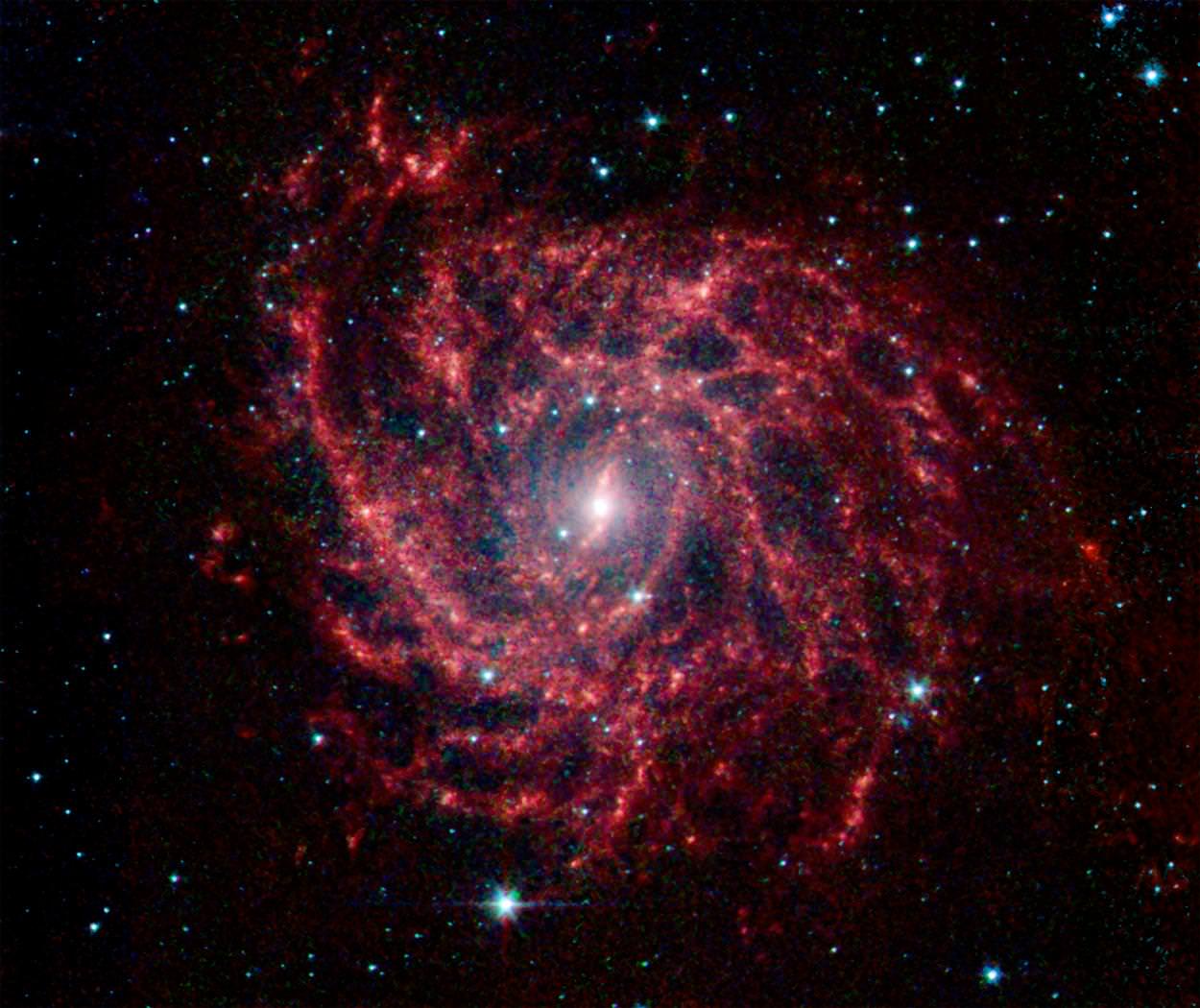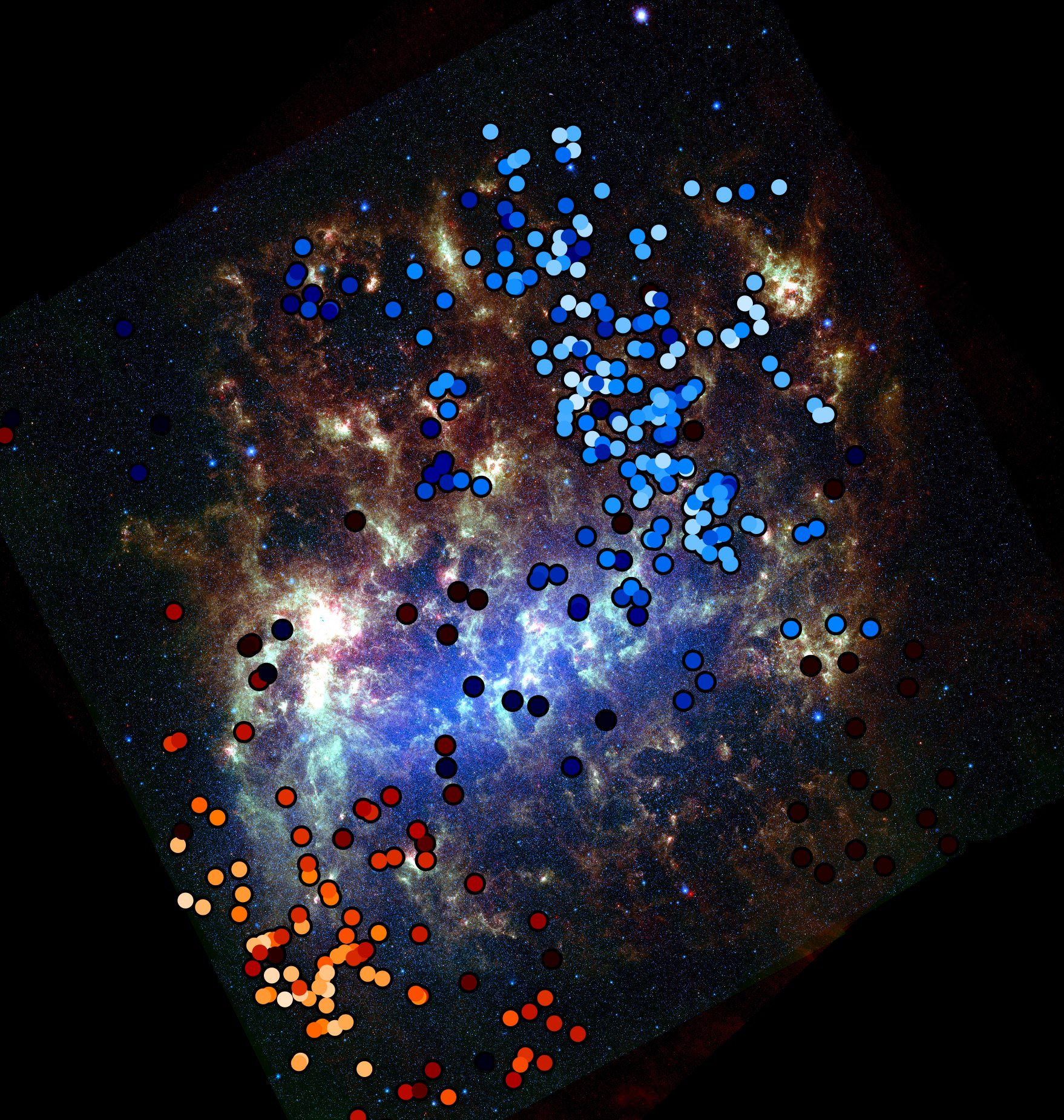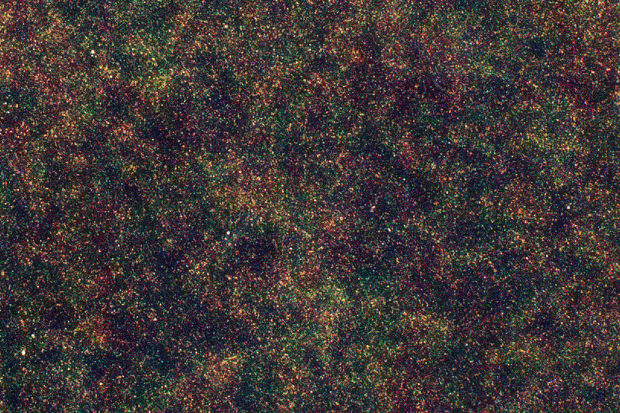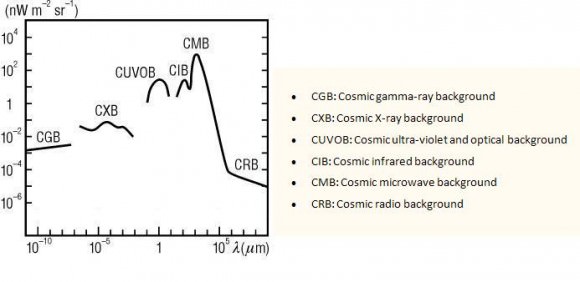[/caption]
Once upon a time, about 65 million years ago, scientists hypothesize a sizable asteroid crashed into Earth and contributed to the extinction of the dinosaurs. The evidence is a 150-kilometer-wide crater located just off the Yucatan peninsula and legend has it the 10-kilometer-wide asteroid was a fragment of a larger parent – Baptistina. Now, thanks to observations by NASA’s Wide-field Infrared Survey Explorer (WISE), we just might have to re-think that theory.
While there’s almost absolutely no doubt an asteroid crash was responsible for a cataclysmic climate change, science has never been particularly sure of what asteroid caused it. A visible-light study done by terrestrial telescopes in 2007 pointed a finger at a huge asteroid known as Baptistina. The conjecture was that about 160 million years ago, it collided with another main belt asteroid and sent pieces flying. Even though it was plausible, the theory was quickly challenged and now infra-red evidence from WISE may finally lay this family of asteroids to rest.
“As a result of the WISE science team’s investigation, the demise of the dinosaurs remains in the cold case files,” said Lindley Johnson, program executive for the Near Earth Object (NEO) Observation Program at NASA Headquarters in Washington. “The original calculations with visible light estimated the size and reflectivity of the Baptistina family members, leading to estimates of their age, but we now know those estimates were off. With infrared light, WISE was able to get a more accurate estimate, which throws the timing of the Baptistina theory into question.”
For over a year, WISE took an infra-red survey of the entire sky and asteroid-hunting portion of the mission, called NEOWISE, cataloged 157,000 members – discovering an additional 33,000 new ones. By utilizing the more accurate infra-red data, the team examined 1,056 members of the Baptistina family and discovered its break-up was closer to 80 million years ago – less than half the time previously suggested. By better knowing their size and reflectivity, researchers are able to calculate how long it would take for Baptistina members to reach their current position. The results show that in order for this particular asteroid to have caused an extinction level event, that it would have had to have impacted Earth much sooner… like about 15 million years.
“This doesn’t give the remnants from the collision very much time to move into a resonance spot, and get flung down to Earth 65 million years ago,” said Amy Mainzer, a study co-author and the principal investigator of NEOWISE at NASA’s Jet Propulsion Laboratory (JPL) in Pasadena. Calif. “This process is thought to normally take many tens of millions of years.”
Like bouncing a super ball off the walls, resonance spots can jettison asteroids out of the main belt. This means a dinosaur-killing Baptistina event isn’t likely, but other asteroid families in NEOWISE study show similar reflective properties and one day we may be able to locate a responsible party.
“We are working on creating an asteroid family tree of sorts,” said Joseph Masiero, the lead author of the study. “We are starting to refine our picture of how the asteroids in the main belt smashed together and mixed up.”
Original Story Source: JPL/NASA News.


